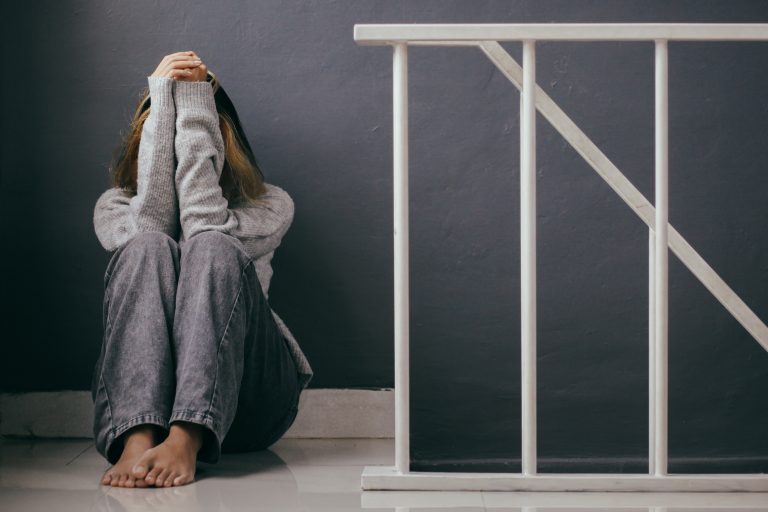Phobias are intense fears of a very specific “stimuli.” For example, a person might intensely fear snakes, public speaking, or flying on a plane. Encountering these leads to severe anxiety and distress that can be debilitating, so people will go out of their way to avoid those objects, animals, or experiences.
Agoraphobia is a type of phobia where a person fears being in unfamiliar and/or public places. People with agoraphobia may either not be able to leave their home, or not be able to go to places outside of their comfort zone (typically home, work, maybe the grocery store). Agoraphobia can be a life altering phobia.
Agoraphobia is also different from other phobias. While it can develop from some type of trauma, or for unexplained reasons, most of the time agoraphobia is a direct consequences of panic attacks and panic disorder.
What Are Panic Attacks?
You can read more about panic disorder on our service page, and we encourage you to also read a post that we authored on this site about how panic attacks can be traumatic. Those will provide a bit more information on the topic of panic attacks and panic disorders.
But the simplest way to understand panic attacks is that they are periods of very intense physical symptoms (rapid heartbeat, chest pains, sweating, feeling like fainting, trouble breathing) related to anxiety that also cause psychological symptoms like “feelings of doom” and fear of death.
A person that experiences a panic attack may genuinely feel like they are about to die, and experience symptoms that theoretically mimic the sensation of dying (for example, difficulty breathing). They can be debilitating, and are extremely stressful to live with.
How Can Panic Attacks Cause Agoraphobia?
One thing to understand about panic attacks is that the fear of a panic attack is known to trigger these attacks. People with panic disorder also suffer from a symptom called “self-monitoring,” where they are constantly scanning their body for warning signs that a panic attack is about to occur. They also struggle with a symptom known as hypersensitivity, which means that bodily sensations that most people normally don’t notice will not only be noticeable, but also more intense.
Now, imagine a person with panic attacks going to a public place, like a restaurant, and experiencing an attack. The next time they are in that restaurant, they are likely to worry that they will develop panic attacks again. That worry starts to trigger feelings of anxiety. Because the person self-monitors, they notice the symptoms of anxiety right away, causing more anxiety, and triggering a panic attack.
As a result, they’ll start to avoid that restaurant, because they do not want to experience a panic attack again. Then, when they experience on at another restaurant, they may start to associate them with restaurants and avoid all of them. Then, they may experience a panic attack at a retail outlet, and start to avoid retail outlets.
Eventually, through process of elimination, most places will feel “unsafe” to go to. The person with panic disorder will feel intense anxiety any time they leave the house. The very *association* with leaving the house or unfamiliar areas will cause fear. No longer is it just about panic attacks. Places that were otherwise safe will now cause anxiety and distress at the thought of going to them. People with agoraphobia will stop going out to most places, and will often fear the very idea of being out and about.
This is how panic attacks have a direct link to the development of agoraphobia, and while it is possible to develop agoraphobia in other ways (for example, after trauma), a majority of cases of agoraphobia are caused by and linked to panic attacks.

